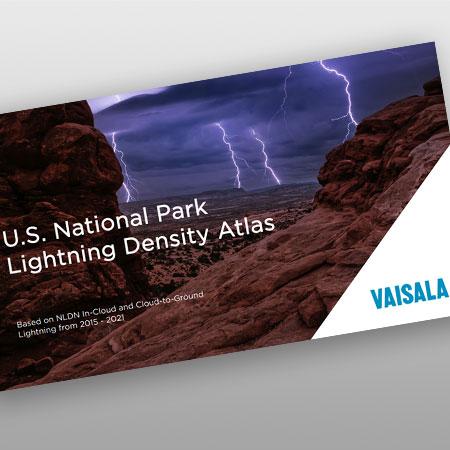Lightning fast facts

Global Lightning Density Map
You can find out more about lightning around the globe by visiting the fascinating new global total lightning density map from Vaisala. Never before has it been possible to reliably compare lightning on a national basis everywhere.






